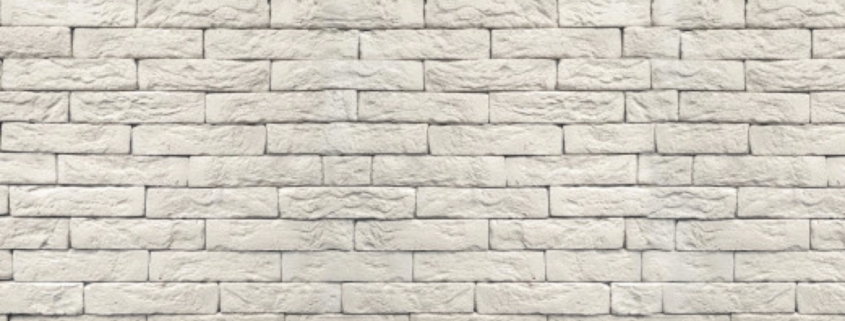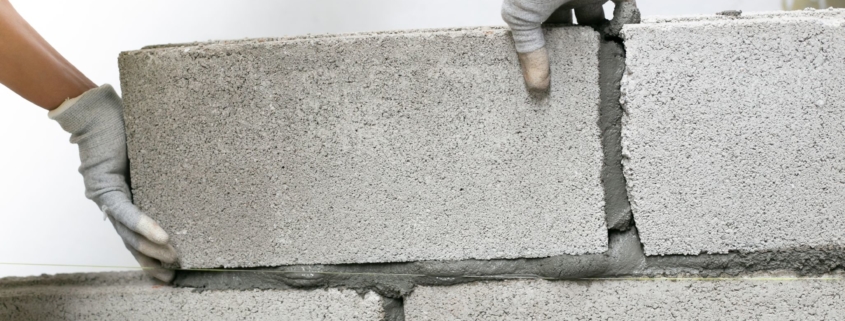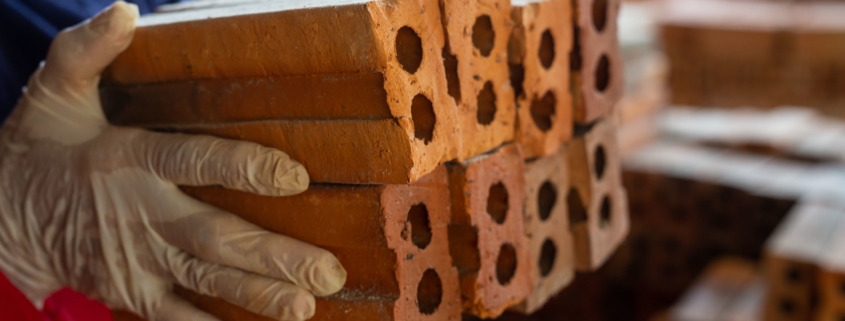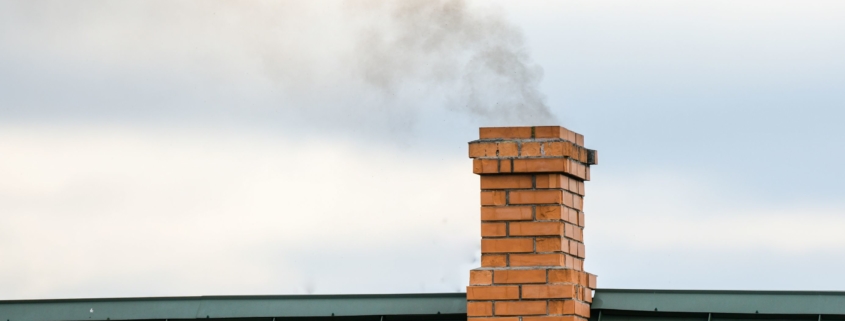If you ever thought that your bricks will look after themselves once they’re installed, you’ll be in for a surprise when things go awry on that side of the house. Despite being a sturdy material that can potentially outlive you, it still incurs significant damage over time. What needs the most attention is the material that holds them together to keep them in good order and ensure that outdoor elements don’t enter your home. When you notice deterioration on a brick, it’s best to get a brick repointing done.
Get To Know Brick Repointing
This method involves the removal of a portion of the deteriorated mortar and redoing the joints with a new one. It helps prevent further water infiltration through the mortar and behind the wall. With brick repointing, it will make your wall look good as new without the physical damages.
The Right Time For Brick Repointing
As mentioned, it is not the brick itself that becomes a problem over time but what holds them together, which is the mortar. When you notice the mortar joints around the bricks starting to look worn or torn out, with visible cracking and crumbling, it’s time to have them repointed.
If you didn’t notice it first, then the next tell-tale sign is if the water is coming through the mortar or behind the wall, which will likely end up in costlier repairs. Moreover, if this is not addressed immediately, portions of the wall can detach from the rest of the structure and put your and your family’s safety at risk.
DIY Brick Repointing
If you want to try out a DIY project, you can do brick repointing by yourself. Here are several easy steps to follow:
- Plan ahead: Before you start the project, it is vital to have a solid plan first. Make sure you have all the necessary equipment, ensure safety by installing scaffolds and wall anchors, and gather essential permits.
- Prepare the equipment: Use an electric grinder to remove the damaged mortar. If you don’t have a grinder, you can use a hammer and chisel instead. Scrape the mortar joints to a depth of 2 to 2.5 times the thickness of the joint. You will need to remove the mortar from both adjacent masonry surfaces and the ones that are no longer adhering to the surface. If the mortar is ruined at a greater depth, it is best to remove the brick entirely, clean it, and reinstall it.
- Apply the mortar: Before you apply mortar, be sure to humidify the brick’s surface so that it doesn’t lose its water by capillarity on contact with a dry brick surface. Apply pressure and compact the mortar in the slits. Then, make sure not to add anything to the mortar’s formula.
- Seal the joints: Add the finishing touches to the joints by choosing a style that you like and sealing the joints.
- Dry and clean it: When you’re done, let the mortar dry, which will take about three days. After that, you can clean the joints for proper finishing.
Conclusion
Brick repointing is an easy task if you have experience. Yet, that doesn’t mean you have to do it by yourself, especially if you are doubtful of your abilities. For this reason, it’s essential to call a professional masonry company instead and ask them to check for any issues on your bricks so that you can address them right away. Remember, deteriorating joints can turn into a huge problem when not fixed during the first signs of wear and tear.
If you are looking for quality brick repair services in Ontario, then you have come to the right place! Our experts at Red Robin Masonry are qualified professionals and utilize advanced tools and equipment to get the job done right. Get in touch with us today for a quote!





